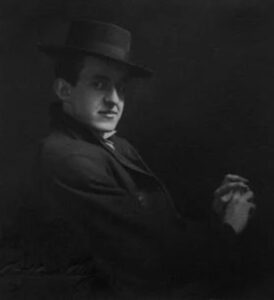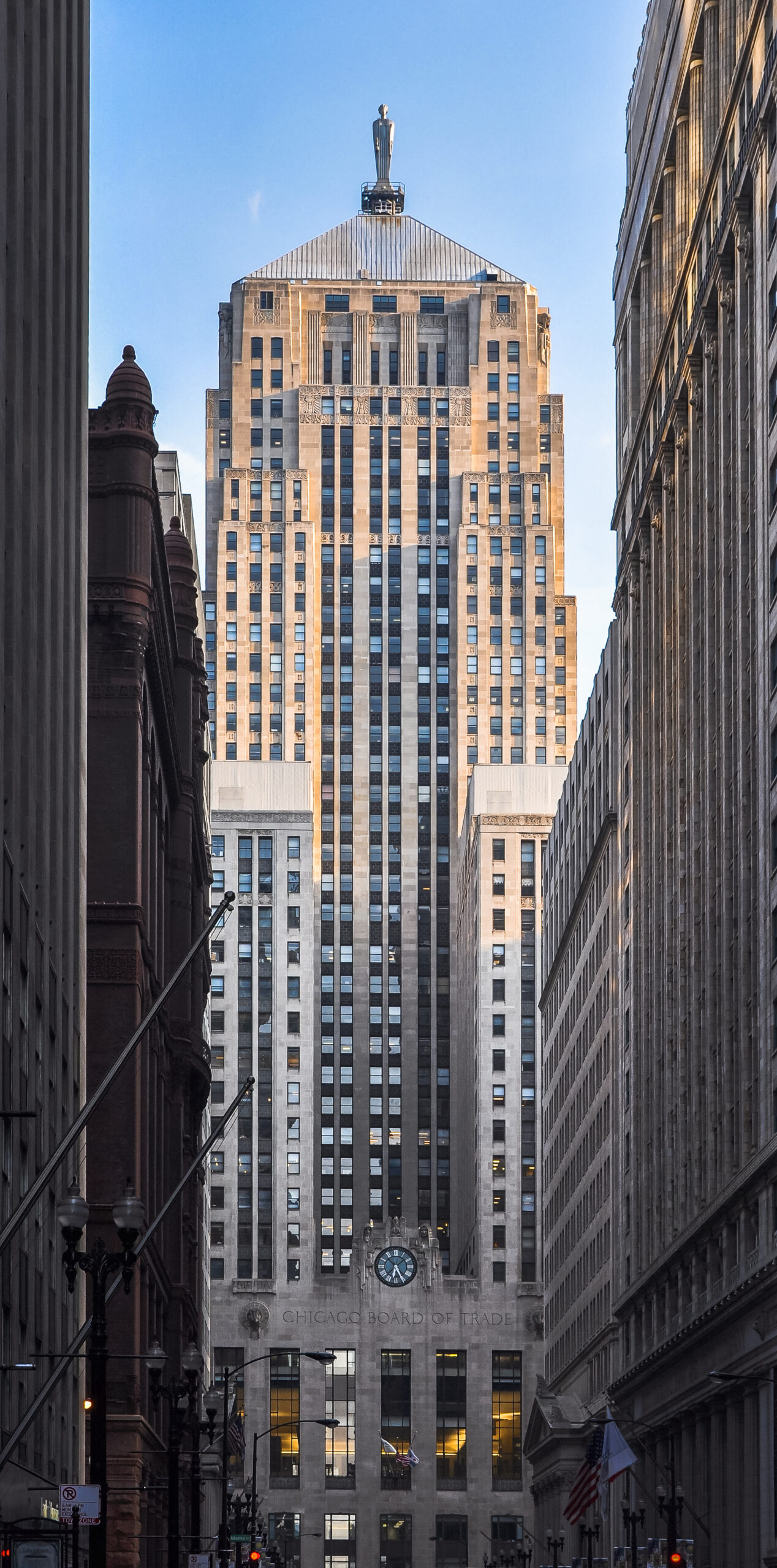At Optima®, we have a keen appreciation for the confluence of form and function in architecture. It is with this sense of admiration that we turn our spotlight to a piece of Chicago’s history that is as breathtaking as it is groundbreaking. This iconic gem, standing sentinel over the city, is none other than the Ceres sculpture, an embodiment of Modernist art and a testament to the vision and talent of Modernist American sculptor, John Bradley Storrs.
Born in Chicago in 1885, John Storrs was a sculptor who left an indelible mark on the world of American Modernism. Schooled at some of the finest art institutions, including the Pennsylvania Academy of Fine Arts, the School of the Art Institute of Chicago, and the Académie Julian in Paris, Storrs’ work blends the classical with the modern, and the human with the industrial.
His contribution to the Modernist movement was unique in its ability to bridge contrasting worlds. His work was firmly grounded in the traditional forms of sculpture, yet boldly embraced the dynamism and aesthetic of the burgeoning machine age. His sculptures captured the soul of a society caught in a transformative period with the comforts of the old world, giving way to promises of the new.

Perhaps nowhere is this more apparent than in Storrs’s iconic Ceres sculpture. Perched atop the Chicago Board of Trade Building, rising majestically at the southern end of the LaSalle Street canyon, Ceres is a tribute to the Roman goddess of agriculture — a fitting emblem for a building that was home to the largest grain exchange in the United States.
This 31-foot figure, however, is no ordinary depiction of a goddess. Storrs deviated from the typical portrayal of deities in classical realism. Instead, he rendered her in a form that was abstract and streamlined, reflecting the popular Art Deco style of the 1930s. This faceless figure, devoid of any discernible features, was a deliberate departure from tradition. Storrs recognized that from the ground, the details of Ceres’s face would be lost. In response, he sought to create a silhouette, an impression, something that would be striking against the backdrop of the Chicago skyline.
Initially, the abstract representation of Ceres drew mixed reactions. However, over the years, it has come to be celebrated as an integral part of Chicago’s architectural landscape — a symbol of the city and a beacon of the Art Deco era.
We are endlessly fascinated by the harmonious architectural aesthetics and symbolic functionality found in Ceres. This beloved Chicago icon remains a timeless testament to Storrs’ profound creativity, encapsulating the spirit of Modernism, standing as a monument to an era that dared to redefine the rules of art and architecture.

